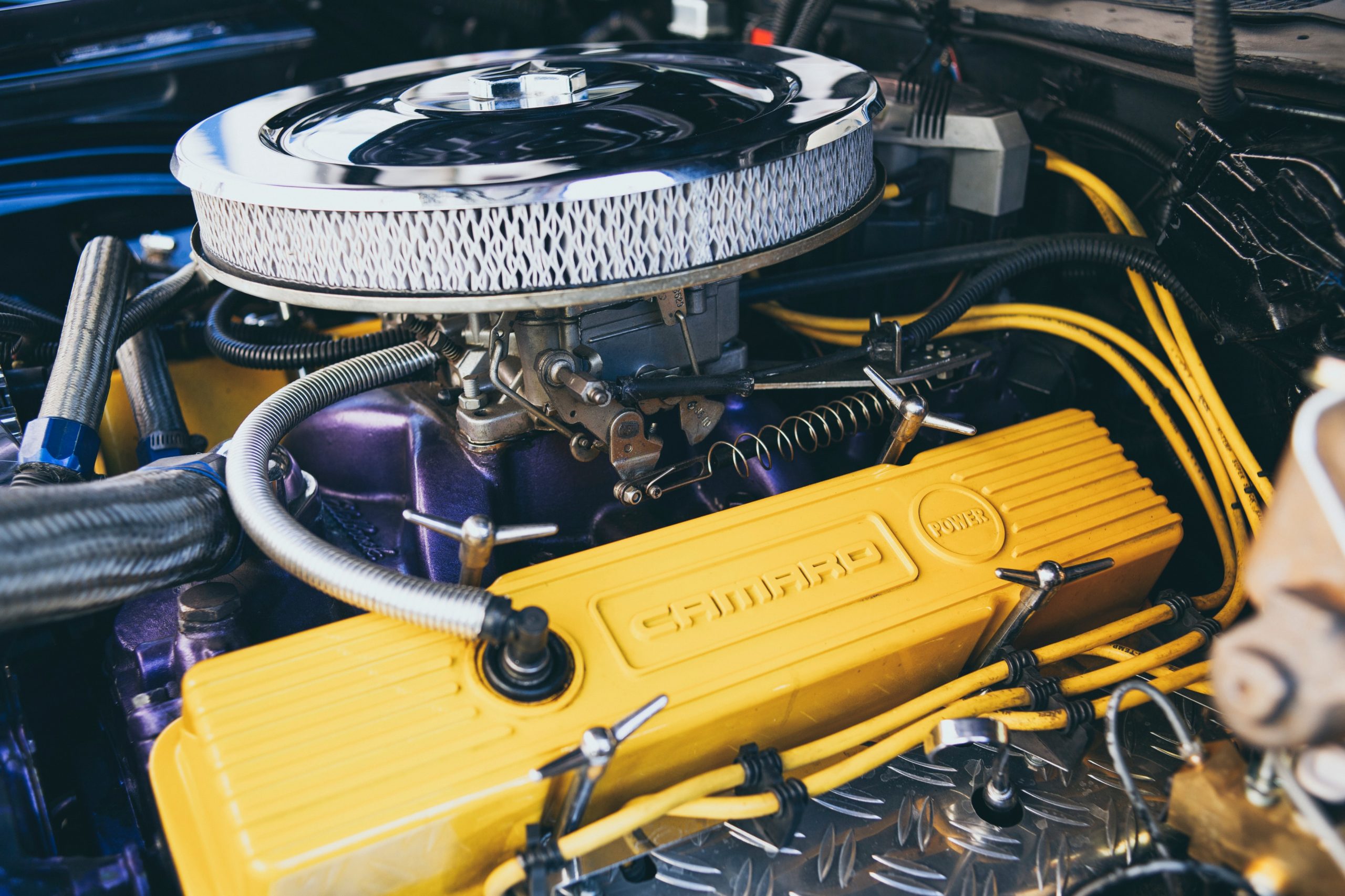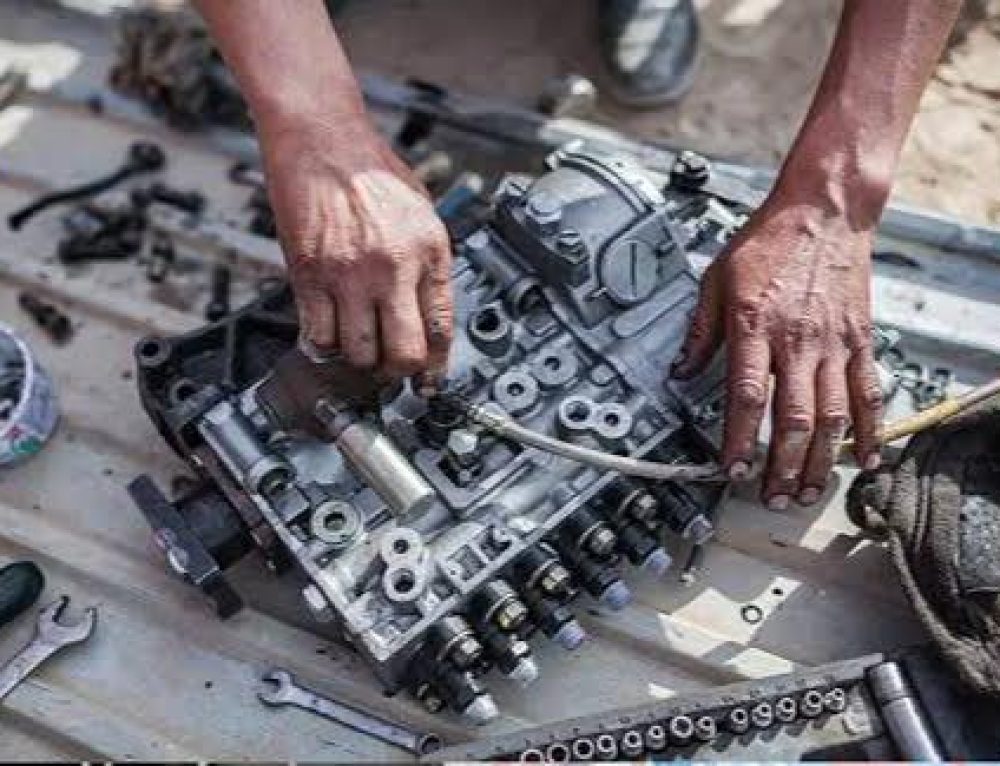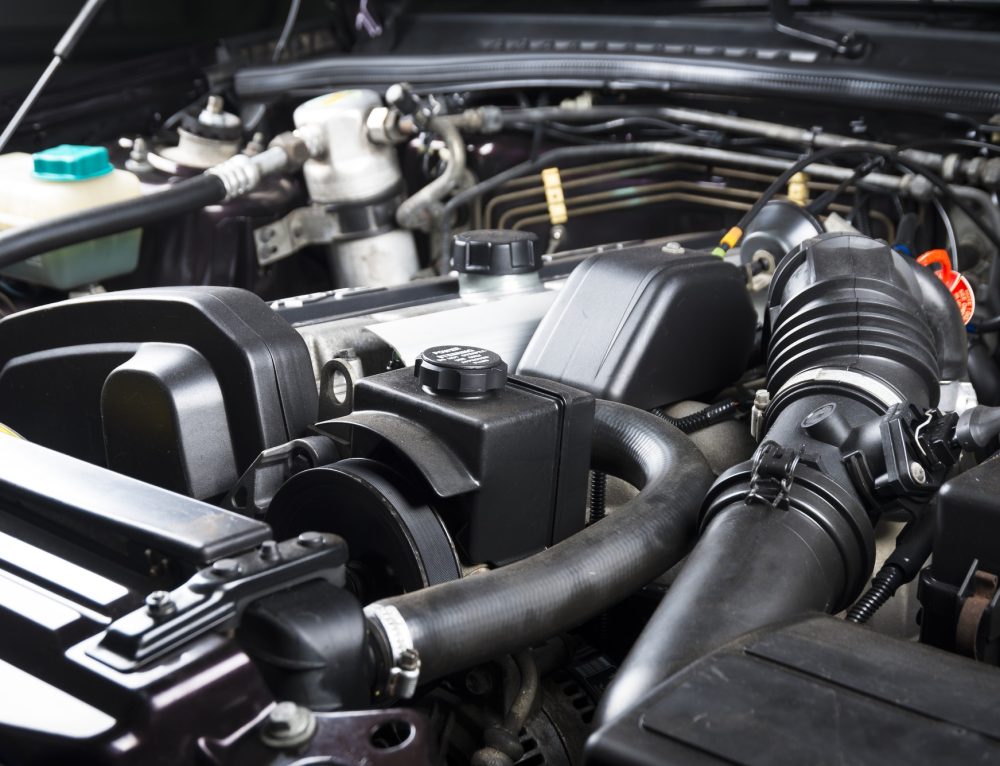Changing the oil in your vehicle’s diesel engine doesn’t have to be done at the auto repair or maintenance shop. This is a task you can do in 30 minutes with the right tools at your disposal.
The process is quite straightforward and we will show you how you can do it yourself.
How to Change the Engine Oil in Your Car
1. Gather What You’ll Need
Make sure you have all the necessary materials before you start.
- At least two jack stands (four are recommended to keep the vehicle level) in order to raise the car. You can use a sidewalk or concrete blocks for this as well, but it is better to invest about twenty dollars in good jacks for better safety, especially if you want to repeat the operation yourself. Remember to add chocks at the level of the wheels to avoid any accident.
- A ribbon wrench, square or claw depending on the type of your oil filter, to unscrew it.
- A drain pan (or drip tray) to collect the used oil
- A funnel
- A drain plug wrench (socket or pipe wrench), in order to unscrew the cap from the crankcase
- A new drain plug gasket (refer to the documentation for dimensions)
- A new oil filter
- A can of new oil (5 liters)
Finally, take a classic screwdriver to remove the protection under the engine , old newspapers or a tarpaulin to protect the space under the car, and rags for cleaning at the end of the oil change.
2. Warm up the engine
This step is optional but will make your task easier. Leaving the engine running for 5 to 10 minutes (depending on the vehicle) will allow the oil to heat up and then flow more easily .
Be careful all the same to the risk of burns, make sure that the temperature does not exceed 80-85°C, which is already more than enough for an oil change.
3. Position the car correctly
Once the engine is warm, prepare the ground with any newspapers or a tarpaulin to protect the ground and raise your car slightly using a jack to safely place the jack stands.
Take the time to properly secure the car and ensure it doesn’t move. It is important that the vehicle is as level as possible and above all stable, you will get under it so be careful. Note that some vehicles are already sufficiently raised and do not necessarily require jack stands (4×4, SUV).
Finally, a sidewalk and a sloping ground can also prove to be quite safe for you to evaluate this well.
Once you are ready, remove the cap from the oil tank under the hood.
4. Start draining
It’s time to get under the vehicle.
Remove the protective cover using a screwdriver to access the oil pan. It is a metal tank screwed under the engine. From there, locate the oil filler cap, it is in most cases located directly under the crankcase (sometimes on the side). Before unscrewing it, place your container just below in order to collect the used oil from the drain which will flow out as soon as the cap is removed.
Note that you can wear latex gloves to avoid burning yourself with the oil, which could still be hot.
Then use a suitable wrench (socket or pipe) and slowly loosen the cap to keep it in your hand to prevent it from falling into your basin. The oil then begins to flow; the oil change begins… and may last a little while.
5. Change your oil filter
In the meantime, you can get down to unscrewing the oil filter.
Be careful though, after disassembly there will most certainly be oil that will flow out, so provide a second basin or try to transfer the contents into the container already used for the main drain at the level of the crankcase, or wait.
To remove the filter, use a suitable wrench (strap, claw or square) and slowly loosen there too. You can use a screwdriver to induce leverage if it is stuck.
Then, take your new filter and apply new oil to the rubber seal (or sealing ring) to promote lubrication and a good seal. It will also help you put it on and take it off the next time.
If you need, follow the recommendations on the box to attach the new filter. Aim carefully, starting with your hand, then finish with the ribbon wrench making a half turn, see a quarter turn only.
6. Check the drain
Once the oil change is finished, it is advisable to pour in about a glass of new oil in order to clean as much as possible any residue of used oil in the circuits. Leave the sump open and wait for the flow to complete again. This step is not mandatory but can improve the vacuum duration of your new oil by avoiding any mixing with the old one.
7. Replace the sump dump drain plug
Once the flow is completely finished, go back under the car to replace the sump drain plug. Do not forget to use a new gasket to avoid leaks and screw gently by hand and then finish with a suitable wrench without forcing too much, the housings and screws being generally quite fragile.
Note that the gasket does not go in any direction, the small lip must be against the crankcase to avoid leaks. Then replace the engine protection cover using a screwdriver and remove the jack stands in order to put your car completely flat.
8. Refill with new oil
For this step, we advise you to use a funnel so as not to spill oil. Pour in about ¾ of the can (i.e. 4 liters) proceeding slowly in order to gradually check the dipstick during the process. The oil takes time to descend to the sump because of its viscosity.
You can already start the engine so that the oil heats up and flows more easily.
Then adjust the level according to the dipstick. Generally, only the interval between the minimum and the maximum is allowed to represent 1 liter.
NEVER exceed the dipstick, otherwise, it will damage some seals or even the catalyst! Be sure to be as close as possible to the limit, adding a little oil at the end if necessary.
Once this is done, remember to put the cap back on.
Start your diesel engine and let it run for a few minutes so that the drain engine oil indicator disappears and the circuit fills up fully, especially at the level of the filter. Moreover, the latter tends to lower the level when filling, so remember to re-check your dipstick one last time, even if it means refilling a little.
Remember to Check Oil Level from Time to Time
Generally, you will have between 0.5 and 1 liter of oil left after your oil change. It is therefore advisable to top up from time to time by checking the level .
This can allow you to save money by extending the interval between oil changes, there is no risk since it is the same oil that you put in the base, so you might as well take advantage.









